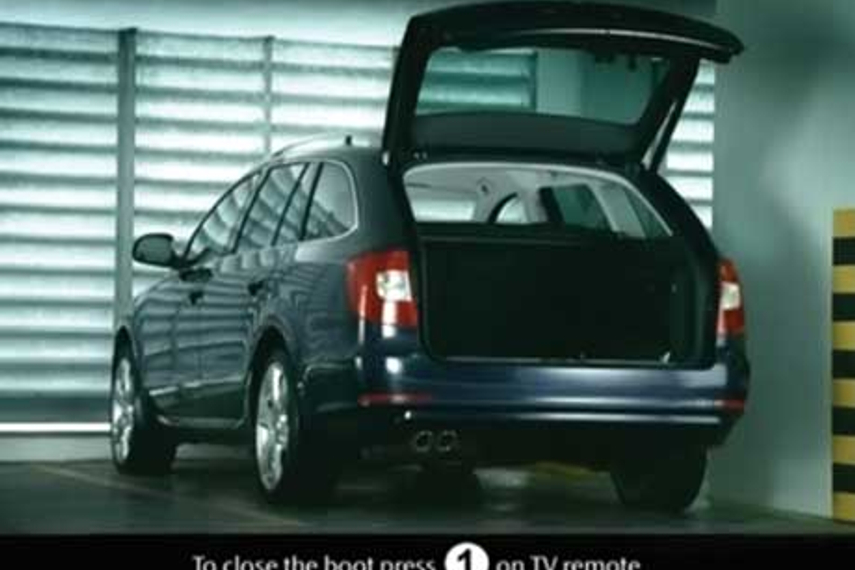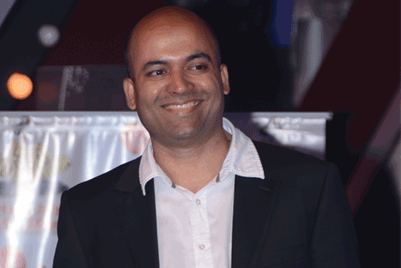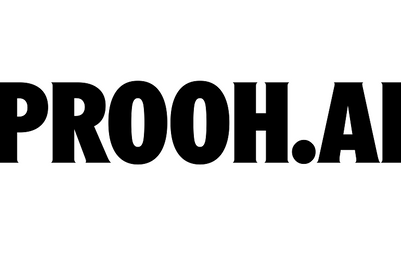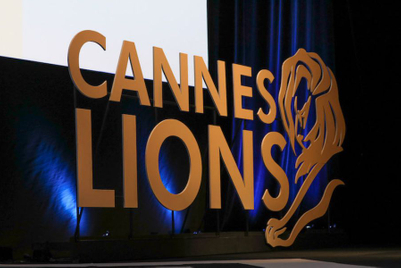
Thinking beyond the 30-seconder has been a much used term at the time of developing a marketing campaign. Though every marketing professional talks about the need for innovation, not many have come trumps with their ideas.
1. “Creating an advertising innovation is a combined effort of the advertisers and the broadcaster. The idea is to change the way the audiences consume, experience, discover and interact with content. With media owners, advertisers and agencies working hand in hand, the potential and scope to create new and innovative experiences for consumers is immense,” feels Ajit Thakur, general manager, Life OK.
While integration of on-air campaigns with on-ground and digital activities has become hygiene factors for a brand manager, India has not seen a lot of innovations using the medium itself. “In the past few years unfortunately we have not seen too much path-breaking innovation on TV. Most innovations are altered versions of something done before - whether they are product integrations or branding options. In fact the TV space is becoming quite cluttered with every brand trying to do an ‘innovation’,” adds Sudha Natrajan, chief executive officer, Lintas Initiative Media.
2. Trying to move away from the usual 30 minute programming content slots, Life OK has a 2-minute break format featuring three 18-minute programming slots in an hour. Justifying the thought behind this format, Thakur explains, “Shorter ad breaks is a winning proposition for all parties involved. It benefits the broadcaster and ensures viewer stickiness. It simultaneously benefits the viewers giving them a fairly undisturbed viewing experience and it helps the advertiser by delivering higher break GRPs as there is reduced viewer attrition in shorter ad breaks.”
Internationally, there have been several cases of innovations using the existing medium itself. Natrajan shared the example of a campaign done by Skoda Superb Estate in Poland. Skoda wanted to demonstrate the facility of remote controlled boot in the car. Polish people have a peculiarity of watching their national channels TVP1 on channel 1 and TVP 2 on channel 2. Skoda screened two spots simultaneously on both the channels. One with boot closed on channel 1 asked viewers to press 2 on their remote to open the boot. When viewers moved to channel 2 they saw the car with the boot open and a message asking viewers to press 1 on their remote to close the boot.
3. While such innovations do benefit brands, some of the most talked about innovations in the television advertising space are those involving social media and user engagement. Though Google TV and Apple TV are enhancing interactivity between the viewer and television content, companies like Shazam and Yahoo! IntoNow have been quite active last year in developing apps for mobile devices that does the job with existing television sets. Using Shazam’s mobile apps, users can not only tag and identify audio tracks or radio playing in the background, but unlock special messages or features from TV ads. IntoNow, which is designed to be very social, represents an app that will be widely available in the coming year — a program that listens to what program is on TV and then offers relevant content.
4.Natrajan believes digital is clearly the way forward. She says, “Internationally the TV screen has moved from being a box in the living room to a screen people view even on the move whether through smartphones or Ipads. The TV-digital divide is fast narrowing and with the advent of 3G, it is making its presence felt in India albeit in a small way.”
Citing the example of an innovation done by Coke in Hong Kong, where the lead came from the technology partner, she informed that the activity integrated TV viewing with smartphone technology to create interactivity with viewers and consumers. “Viewers could actually ‘catch’ coke caps from their TV screens onto their smartphones while the Coke ad was playing. Collecting a certain number of caps entitled consumers to win discounts and prizes. A brilliant example of merging technologies.”
What it means for…
For Marketers
- Breaking the clutter
- Integration of campaigns across mediums
For Broadcasters
- Continuing to be relevant in a fast changing media landscape
- More engagement with viewers


.jpg&h=334&w=500&q=100&v=20250320&c=1)
.jpg&h=334&w=500&q=100&v=20250320&c=1)


.jpg&h=334&w=500&q=100&v=20250320&c=1)

.jpg&h=334&w=500&q=100&v=20250320&c=1)


.jpg&h=334&w=500&q=100&v=20250320&c=1)








